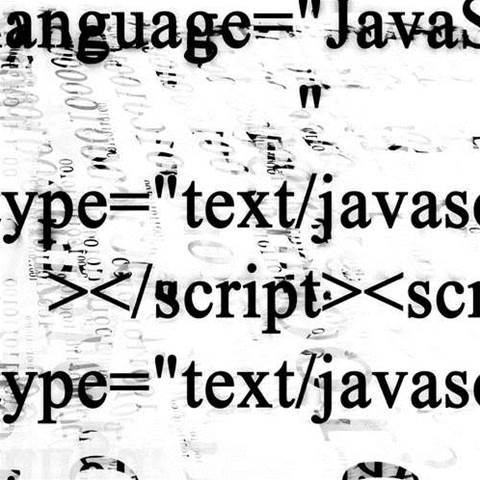The ANZ Bank has begun moving its IT staff to an enterprise-wide IBM software development platform in an effort to automate and standardise processes.
Under the ‘EMAP’ project, conceived in 2009, the bank has deployed IBM’s Rational Team Concert, Asset Manager and Build Forge tools for collaboration and code management.
Hundreds of developers, environment management and support staff in Australia and Bangalore will move to the new platform within 18 months.
According to ANZ’s projects and transition manager Carolyn Carter, the project could reduce time spent on testing by a third, and time spent on environment management by half.
The vision, she told an IBM software conference this week, was to improve predictability, reliability and quality of Windows- and Solaris-based projects.
Prior to EMAP, ANZ’s software development teams used disparate source control, artifact management and deployment tools and processes.
Environment manager Ben McCoy told the conference that one team used as many as four different source control tools for a single project, which led to inefficiency and errors.
Developers manually uploaded code to the bank’s PVCS version manager and a local area network drive, while managers composed “80-page” installation plans.
“Big didn’t mean that it was robust,” Carter noted. “Big meant that it was something that no one would read or adhere to.”
After reviewing 57 different tools, ANZ began deploying the IBM suite last June, and commenced a pilot with integration staff in Melbourne and Bangalore in late 2010.
The pilot ended two weeks ago, and although Bangalore staff were initially reluctant to adopt EMAP processes, Carter said they were eventually won over.
In preparation for wider uptake, the bank has established an online training program and team of five – including McCoy – to provide centralised governance and support.
McCoy said ANZ was also working on ways to evaluate EMAP’s outcome, such as by measuring defect rates and reusability of code within the Asset Manager.
“It’s a first step, but it’s a big step and we can keep going forever on this thing,” he said.
“We love our people, but humans create human error. Automation is the key for repeatability, consistency, traceability, and obviously a quality outcome.”
Carter declined to reveal the cost of the project, however, she said she was “very confident that we will repay the cost of the project ahead of schedule”.




_(11).jpg&h=142&w=230&c=1&s=1)







.jpg&w=100&c=1&s=0)
_(8).jpg&w=100&c=1&s=0)









